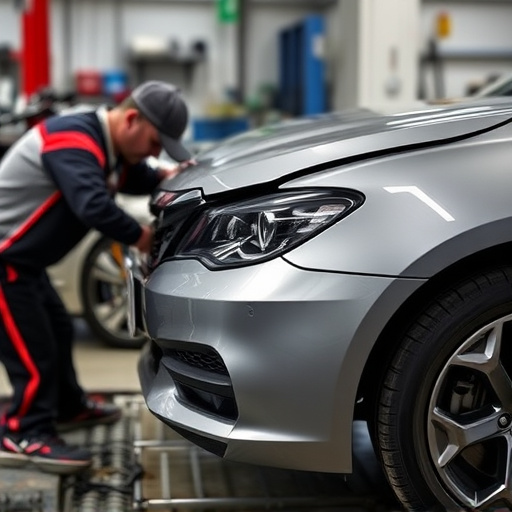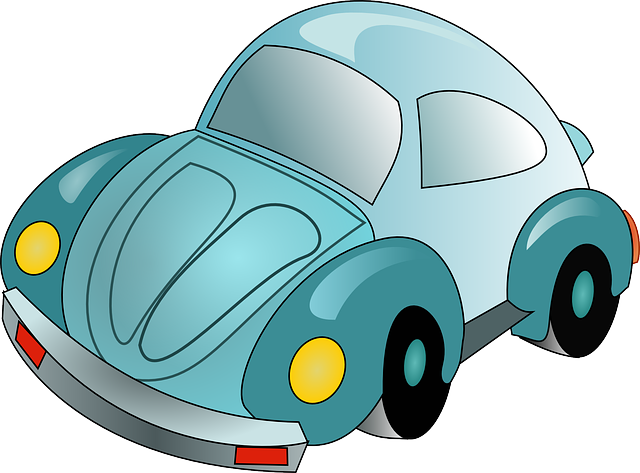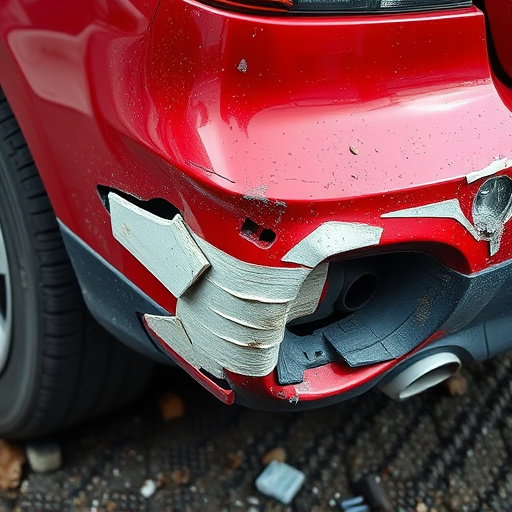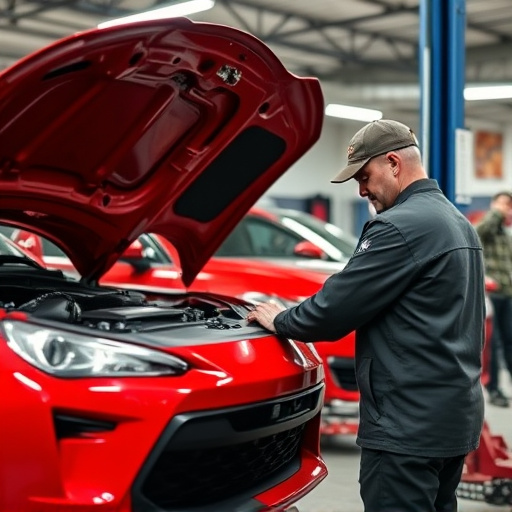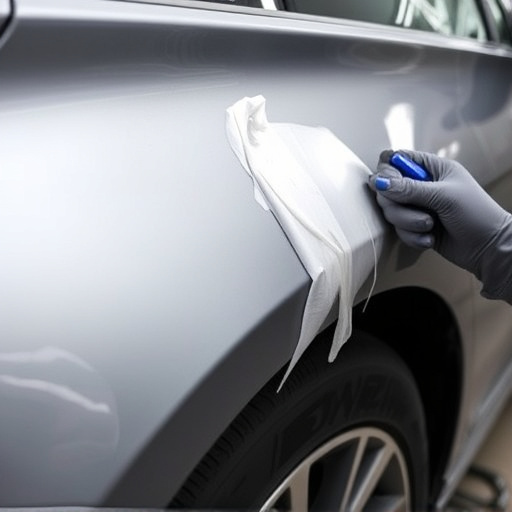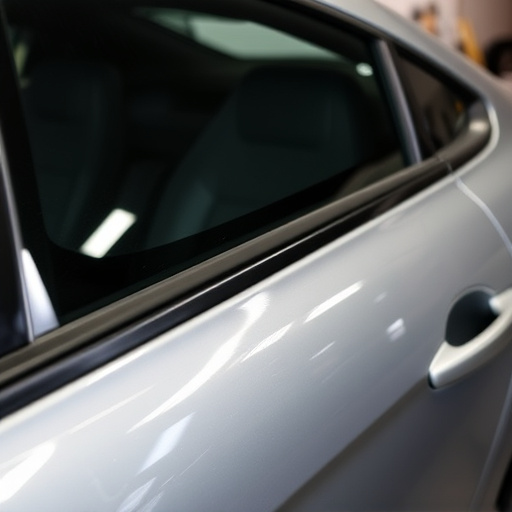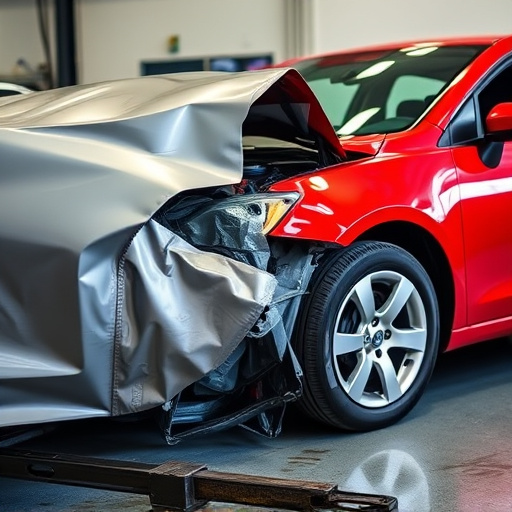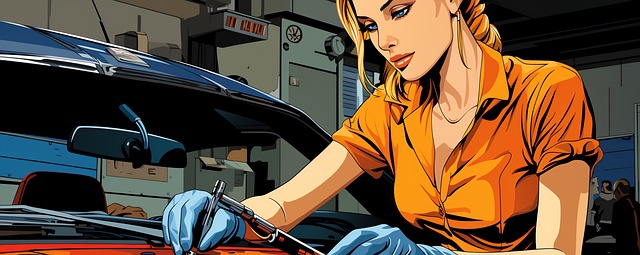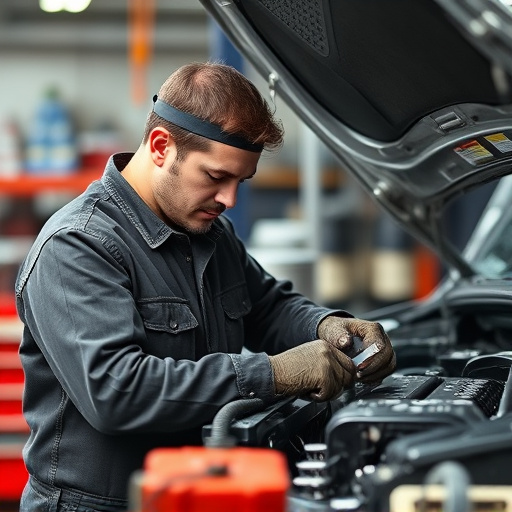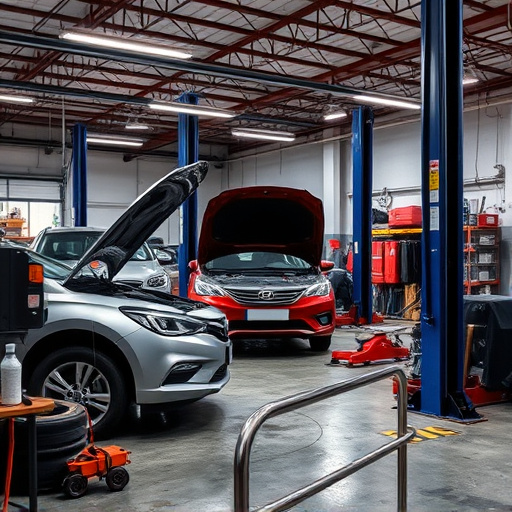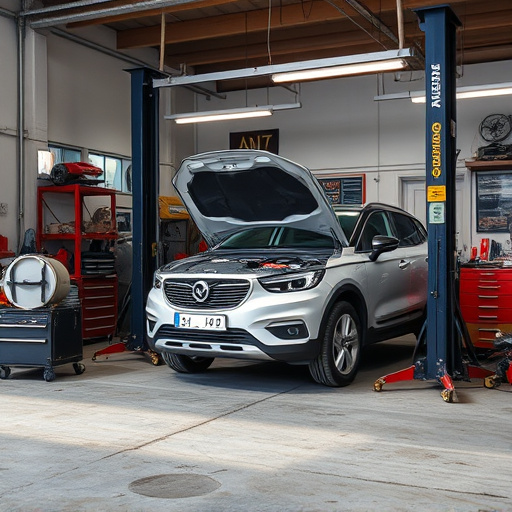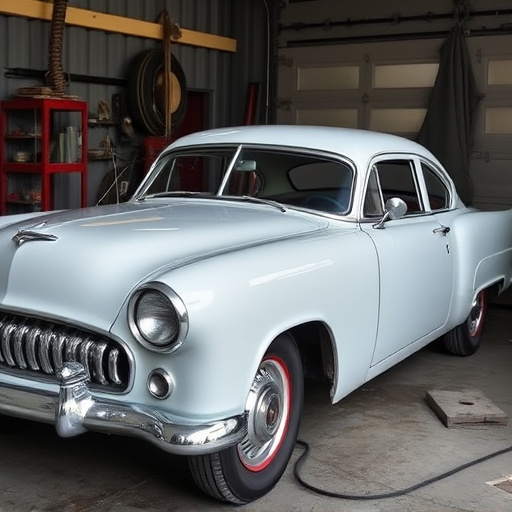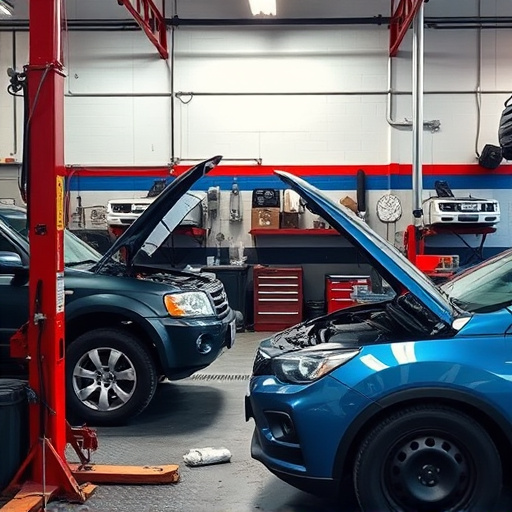Mastering OEM certified collision repair standards is vital for technicians seeking or maintaining certification. These rigorous standards ensure vehicle restoration meets top quality, safety, and performance benchmarks. Training involves theoretical knowledge and hands-on experience in OEM-specific procedures, fostering expertise in complex repairs. Continuous learning through workshops and seminars keeps technicians updated on emerging technologies and best practices. Certification renewal requires ongoing education, ensuring professionals maintain skills and drive industry progress.
Training is paramount for maintaining excellence in OEM certified collision repair. This specialized field demands technicians armed with knowledge of original equipment manufacturer (OEM) standards, ensuring repairs that match vehicle manufacturers’ precision and quality. This article delves into the essential training requirements, exploring critical components needed to prepare technicians for the unique challenges of OEM certified collision repair. We’ll also discuss ongoing education and certification renewal, vital for staying up-to-date in this ever-evolving industry.
- Understanding OEM Certified Standards
- Essential Training Components for Technicians
- Continuous Education and Certification Renewal
Understanding OEM Certified Standards
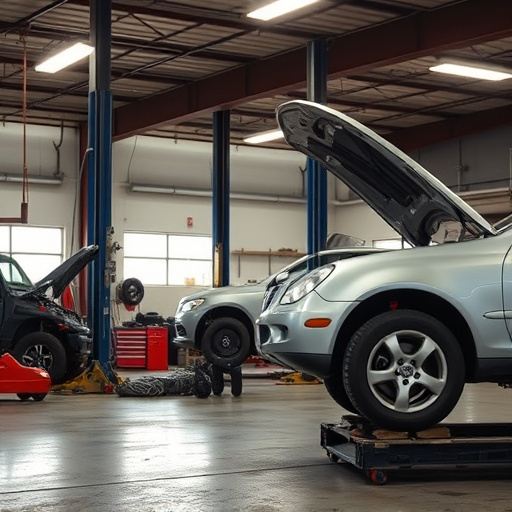
Understanding OEM Certified Standards is a cornerstone for any aspirant or established OEM certified collision repair technician. These standards are set by Original Equipment Manufacturers (OEMs) to ensure that vehicle restoration and auto body repair meet the highest levels of quality, safety, and performance. By adhering to these stringent guidelines, technicians can guarantee that repairs not only match the original car’s appearance but also its structural integrity.
For a car repair shop to earn OEM certification, it must demonstrate proficiency in various aspects, including advanced training programs, use of genuine parts, and adherence to specific repair procedures outlined by the OEMs. This meticulous process is designed to uphold the brand value and safety standards associated with each vehicle manufacturer. Ultimately, understanding and implementing these certified standards are paramount for technicians aiming to excel in the auto body repair industry.
Essential Training Components for Technicians
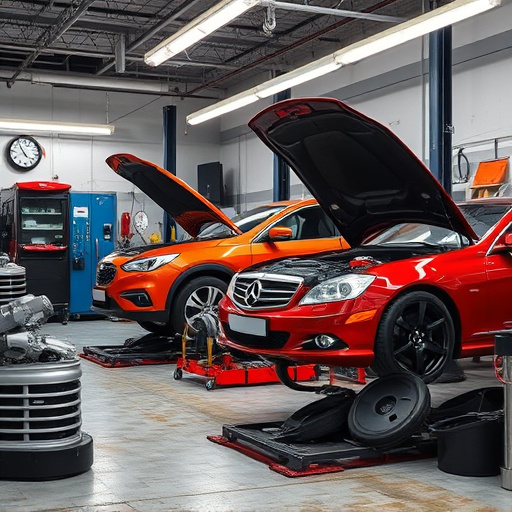
The training journey for OEM certified collision repair technicians is meticulous and comprehensive, ensuring that each professional possesses the skills to handle complex vehicle repairs with precision. Core components of this training include an in-depth study of original equipment manufacturer (OEM) specific procedures, techniques, and technology. These cover everything from basic auto body repair near me principles to advanced structural repair methods, reflecting the evolving nature of modern car bodywork.
Practical, hands-on experience is another cornerstone of this education. Trainees learn by repairing actual vehicle bodies, gaining a solid understanding of material properties, tool usage, and safety protocols unique to collision repair. This immersive training not only refines technical skills but also cultivates a thorough appreciation for the intricacies involved in restoring vehicles to their pre-accident condition, setting the stage for successful careers in top-tier vehicle body shops.
Continuous Education and Certification Renewal
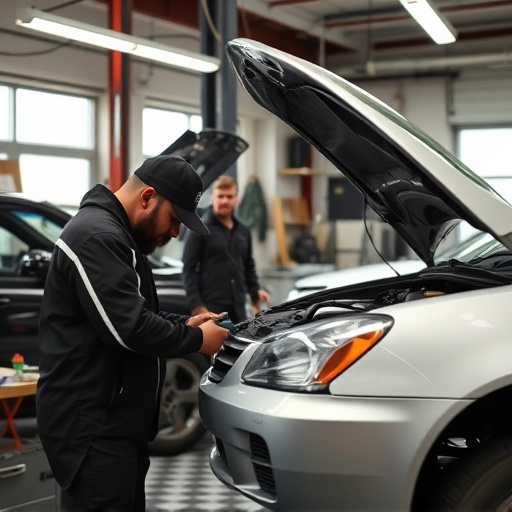
Staying ahead in the ever-evolving world of collision repair requires continuous learning and skill enhancement for OEM certified collision repair technicians. Regular training sessions, workshops, and seminars are essential to keep up with new technologies, safety standards, and industry best practices. These educational opportunities not only ensure that technicians remain competent but also enable them to provide top-tier vehicle repair services, aligning perfectly with the high standards set by original equipment manufacturers (OEMs).
Certification renewal is a crucial aspect of maintaining professionalism in car body repair. To retain their OEM certified status, technicians must engage in ongoing education and demonstrate proficiency in relevant areas. This process involves updating knowledge on new techniques, materials, and equipment used in modern car restoration, ensuring they remain at the forefront of the field. By embracing continuous education, these professionals not only protect their credentials but also contribute to the advancement of the entire collision repair industry.
Training is key to ensuring high-quality, safe, and reliable OEM certified collision repair. By understanding industry standards, acquiring essential technical skills, and committing to continuous education, technicians can meet the rigorous demands of this specialized field. Staying up-to-date with the latest technologies and methodologies not only enhances career prospects but also contributes to the overall safety and satisfaction of vehicle owners.
